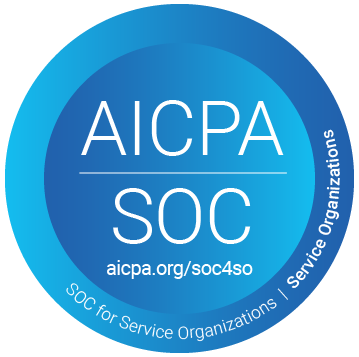8 Tips on How to Spot Fake Certificates of Insurance
Checking for fake Certificates of Insurance needs to be a bigger priority among carriers. The Certificate of Insurance Holder needs to check that the Certificate they are extending to the pertained authorities is original and reflects a real and active insurance policy.
If that were not the case, the certificate holders would jeopardize themselves and the project/business owner. It is illegal in some industries to work without an active insurance policy. Furthermore, if a worker is without coverage and has an accident, no one covers the costs or helps the worker recover and return to work.
These situations quickly result in lawsuits where damages are done left and right. So, there’s a series of parameters to be on the lookout for to prevent fake certificates of insurance and avoid insurance fraud. Here are the top 8 red flags for Certificates of Insurance.
How To Detect a Fake Certificate of Insurance
1. It’s not an “ACORD” Certificate
The most common insurance certificate for insurers and insurance agencies is Acord 25. An Acord form will have the Acord logo and “Acord 25” text in the bottom left corner. If you can’t find “Acord 25” cannot be found, it’s a red flag. The Certificate might not be legitimate.
2. There’s Inconsistent Handwriting
Anything handwritten or if the font is not cohesive across the document is a good indicator of a fake insurance certificate.
3. Weird Location of Expiration Dates
Expiration dates on insurance certificates are an excellent place to check for fraud. The COI is fake if the dates are outside the box’s center or in a different font than the policy number.
4. The Insurance Company Looks Odd
Look at the company’s name online and try to contact them. If the company does not answer this is another clear red flag.
AMBest.com is an excellent place to check the status of an insurance com gives you a comprehensive rundown of verified insurance companies.
5. There Are Non–Standard Coverages
Most Acord 25 forms have a section for General Liability, Workers’ Compensation, and Automobile Liability. The agent will add other coverages like Crime or Cyber Liability if the policy includes those coverages.
If you see non-usual coverages, make sure this coverage is part of the insurance policy. If the range is listed in the COI, but you cannot find it in the insurance policy, the COI is probably fake.
It is also essential to look out for things like “0,” “N/A,” or “None listed”
6. Contact Information That’s Not from a Carrier
The contact information on a certificate of insurance should be the insurance agent’s information. The signature should also match the name in the contact information box. If this information seems incoherent or non-cohesive, search online to ensure that whoever created the COI works for the carrier.
7. Inconsistencies Across the Form
There should be no place for inconsistencies, so if you are suspicious, check for the following:
- Misspelled names and addresses
- Addresses associated with a trailer park
- Similar locations across the United States
- Inconsistencies in height, weight, license numbers, or Social Security numbers and signatures
8. “Additional Insured” and “Subrogation Waived” fields.
Most contractors must learn what these fields mean and what should be in these boxes. You should see a “Y” if these apply to the policy and should be blank if they do not. If you see an “X” or an “N,” an insurance professional did not fill out this form.
A more efficient solution than manual reviews
These 8 points are not guaranteed, nor should they be read as such.
But they are an excellent place to start looking if you are doubtful about a certificate of insurance. The most telling of these attributes is the insurance company’s contact information. If the company does not exist, neither does the policy.
However, technology offers tools to stay within point-by-point. A certificate of insurance management tool is cloud-native software that allows users to manage their certificates of insurance. Digitalizing them will enable insurers to check every field in a certificate automatically and see if there are inconsistencies. Optical character recognition empowers the software to read documents for you potentially. Software for Certificate of insurance management also shows compliance rates of business, making you aware if you need a certificate of insurance or if there’s any information missing to achieve full compliance.
SmartCompliance is a certificate of insurance management, collection, and issuance tool. At SmartCompliance, we can even take care of everything related to certificates of insurance and compliance for you. SmartCompliance can process W-9s, Acord Certificates, and others.
Schedule a demo and see it yourself


